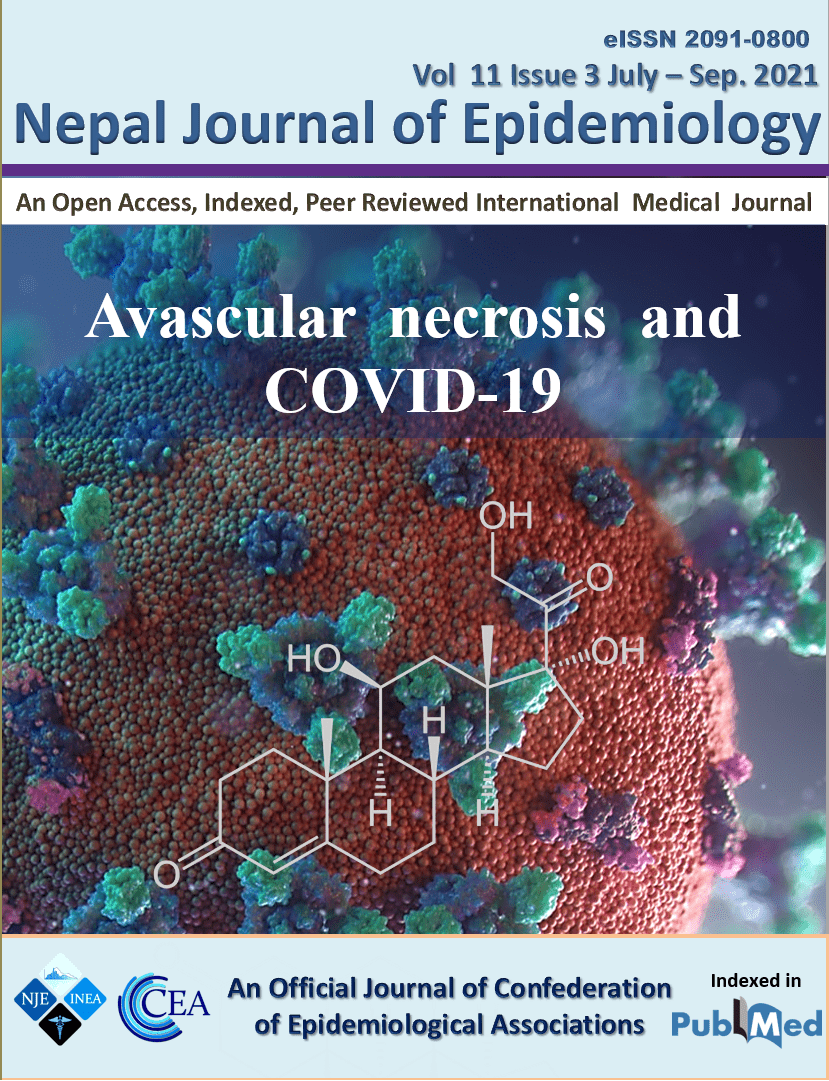Improving Last-mile Delivery of COVID-19 Vaccines: The Cluster Strategy
DOI:
https://doi.org/10.3126/nje.v11i3.39544Keywords:
COVID 19 Vaccination, Cluster StrategyAbstract
Vaccination against the COVID 19 virus is the most effective way to prevent infection and save lives. It is estimated that 285 million doses per month will be needed over the next five months to vaccinate all remaining adults by the end of 2021. To accelerate the vaccination coverage for its population, the state of Uttar Pradesh, North India, has planned a cluster approach to vaccination in rural areas.
The cluster strategy is a micro-plan for vaccination by the government of U.P involving intensive mobilisation activities followed by vaccination at centres set up in schools, Panchayat Bhavans and other selected places. It is a people-centred and comprehensive approach, modelled on listening to the intended beneficiaries and stakeholders is vital. It will reduce expenses related to travel and loss of wages for those missing work while travelling far to get vaccinated. The cluster approach is also along the lines of the Near to Home COVID Vaccination Centres (NHCVC) for Elderly and Differently Abled Citizens.
The main fear of the health workers regarding the cluster approach is concerning adverse events and their management at the peripheral level. This strategy is only practically possible if an adequate supply of vaccines is available.
The cluster approach to vaccination ensures accessibility, includes community participation and is provided free of cost. This is thus in line with the concept of Primary Health Care (PHC) which is essential health care made universally accessible to individuals and families in the community by means acceptable to them, through their full participation and at a cost the community and country can afford. Popularising this strategy and applying it to other states in a tailored manner based on social and cultural practices can give the nation the necessary momentum to attain the target of herd immunity quickly and curb the COVID-19 pandemic.
Downloads
Downloads
Published
How to Cite
Issue
Section
License
Copyright (c) 2021 CEA & INEA

This work is licensed under a Creative Commons Attribution 4.0 International License.
- Upon acceptance Copyright on any research article is transferred in full to the Confederation of Epidemiological Associations (CEA) and International Nepal Epidemiological Association (INEA). The copyright transfer includes the right to reproduce and distribute the article in any form of reproduction (printing, electronic media or any other form).
- Articles in the Nepal Journal of Epidemiology are Open Access articles published under the Creative Commons CC BY License (https://creativecommons.org/licenses/by/4.0/)
- This license permits use, distribution and reproduction in any medium, provided the original work is properly cited.




